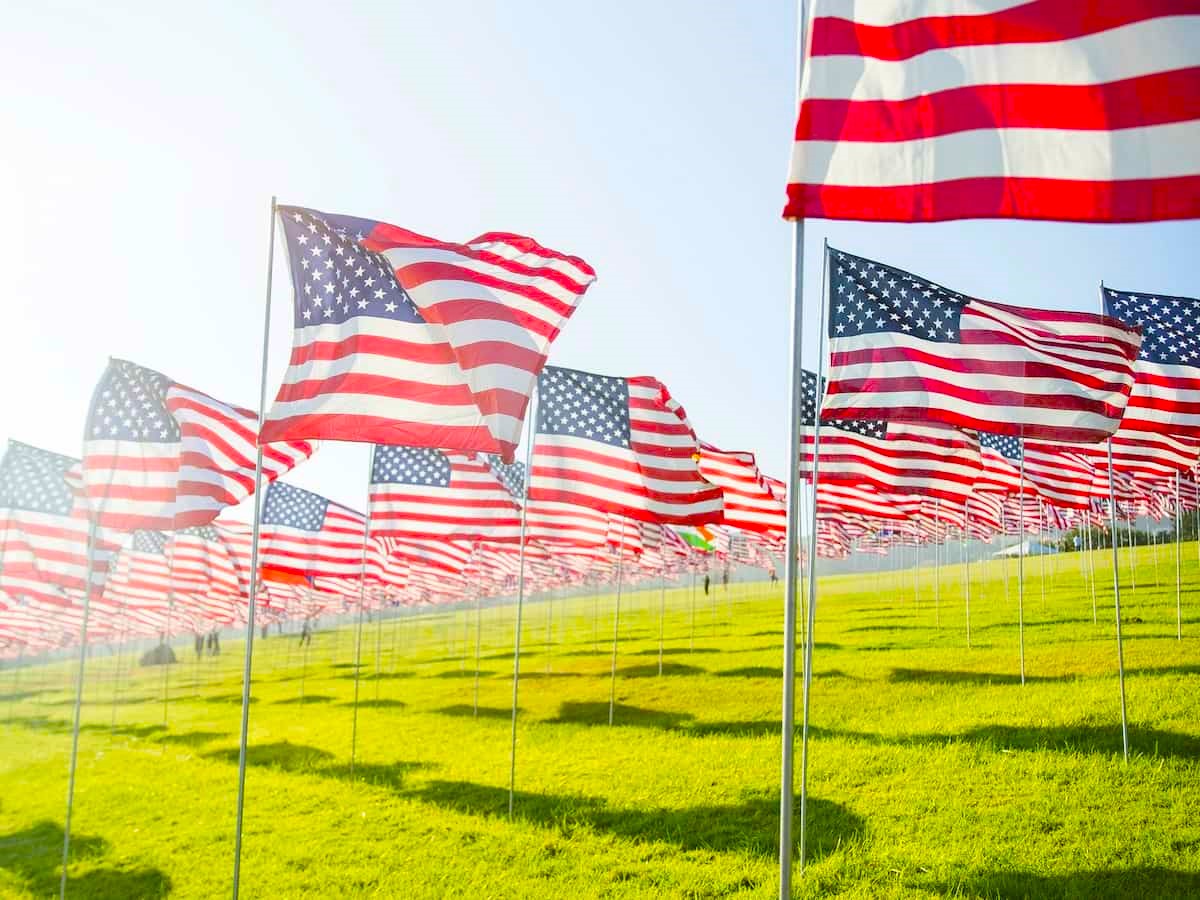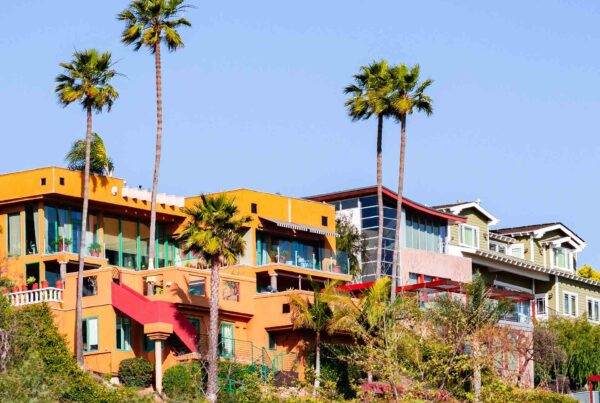Summer in the United States is bookended by two long weekend holidays—Memorial Day and Labor Day. While both often involve barbecues, poolside relaxation, and a chance to unwind, the purposes of each holiday are quite distinct. Confusion between the two is common, so understanding their unique significance can help you approach each holiday with the appropriate spirit.
Honoring the Fallen: Memorial Day
Memorial Day, observed on the last Monday of May, is a solemn day dedicated to remembering and honoring all those who died while serving in the United States Armed Forces. Its roots trace back to the Civil War, a period of immense national loss. Local communities began decorating the graves of fallen soldiers with flowers, a tradition that formalized into a national holiday known as Decoration Day in 1868.
Over time, the focus broadened to encompass all American war dead, not just those from the Civil War. The somber tone of the day is reflected in its traditions. Flags are flown at half-staff until noon, then raised to full-staff. Ceremonies are held at cemeteries and war memorials, often featuring speeches, wreath-laying, and moments of silence.
Memorial Day is a time to reflect on the sacrifices of those who died protecting the nation. It’s a day to remember their bravery, dedication, and the cost of freedom. While astronomical summer doesn’t officially start until later in June with the summer solstice, Memorial Day is the culturally “unofficial” start of the summer season. This is because many schools end their academic calendars around or close to Memorial Day, letting kids out for summer break.
Celebrating the Workforce: Labor Day
Labor Day, observed on the first Monday of September, stands in stark contrast to Memorial Day. It’s a day of celebration in tribute to the contributions and achievements of American workers. It arose from the late 19th-century labor movement, a time of social and economic unrest as workers fought for fair wages, reasonable hours, and safer working conditions.
The first Labor Day parade was held in New York City in 1882. By 1894, the date had become a federal holiday. Labor Day signifies the social and economic impact of labor on the country’s development. It’s a day to appreciate the dedication and work ethic of the American workforce across all industries and professions. More often than not, that includes you! This is your holiday celebrating your work!
Labor Day festivities are typically upbeat and celebratory. Parades featuring union members, marching bands, and colorful floats are a common sight. Many people enjoy hosting cookouts, picnics, and outdoor activities. It’s also a time to soak up the last rays of summer sunshine as it traditionally marks the cultural end of the summer season.
Beyond the Barbecues
While both holidays often involve spending time with family and friends, it’s important to remember the core reasons behind each celebration. Here are some additional ways to honor the spirit of each day:
- Memorial Day
Attend a local Memorial Day ceremony or visit a veteran’s cemetery to pay your respects. Learn about the stories of those who served, or volunteer with veterans’ organizations. - Labor Day
Support local businesses and thank the people who keep the country running smoothly. Volunteer your time to a cause that benefits workers.
By understanding the distinct purposes of Memorial Day and Labor Day, we can ensure that these holidays retain their significance. Let Memorial Day be a time for solemn reflection and gratitude for those who paid the ultimate price for our freedom. Let Labor Day be a joyous celebration of the American worker and the vital role they play in shaping our nation.





